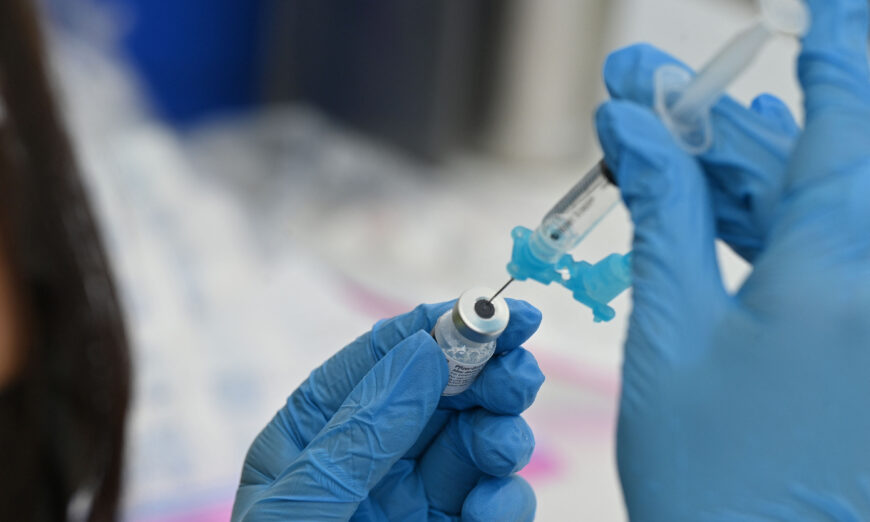December 23, 2022 Updated: January 2, 2023
Has your university changed?
Has it become a nasty place where an ideological monoculture is imposed through intimidation?
If so, what can you do about it?
Many people are creating alumni free speech groups. They band together with fellow graduates to bring back a democratic culture of free speech.
I have joined mine: the Cornell Free Speech Alliance. And our group has joined the Alumni Free Speech Alliance, which includes the free speech groups of MIT, Stanford, Princeton, UVA, and many others.
New groups are forming all the time, so if your alma mater doesn’t have one, you can help found one. The Alumni Free Speech Alliance will help you with the steps.
This is a very effective way to do something.
The students at your university aren’t fighting back because they want the approval of professors and peers, and they expect to leave in a few years.
Faculty and administrators aren’t fighting back because their livelihood depends on conforming to the totalitarian mindset.
Alumni can fight back. We are at a place in life where we’re concerned about the world we leave to our children. Maybe you’re wondering how you can educate your child without enmeshing them in this mean-spirited mindset. Maybe your children have already absorbed it. Maybe they resisted and were shunned and denigrated.
Here are some examples of how we get involved on campus.
- Ann Coulter was “canceled” at Cornell in November 2022 in a carefully planned way. Administrators haven’t punished the students who disrupted her talk to the point where she had to end it. The Cornell Free Speech Alliance is working with support groups to communicate the seriousness of this situation and negotiate a way to repair it. We are supported by the Foundation for Individual Rights in Education and the American Council of Trustees and Alumni. Administrators are learning that such behavior is unacceptable to alumni donors. We anticipate a well-attended campus talk for Coulter in the near future!
- Cornell owned a copy of the Gettysburg Address, and it had been on display in the library with a bust of Abe Lincoln for decades. One day, it was gone. A courageous Cornell professor noticed and spoke up. The university resisted acknowledging that it had canceled Lincoln due to a complaint. The CornellFSA helped to get the word out, and the bust was restored to its place without comment.
- Our group is encouraging the administration to include free speech training during orientation so students can practice this essential skill. It’s a steep climb because students have already had anti-free-speech training for years. The administration hasn’t yet acted on this, but we keep finding new communication channels to pursue this urgent goal.
We have been contacting as many fellow alumni as possible to let them know what is going on. We created an informative website, and we send letters to all the fellow alumni we can find. We methodically reach out to students, faculty, and trustees of the university as well.
Instead of viewing this as a conflict, I like to imagine that students, faculty, and trustees are relieved to see our efforts. If they fear speaking out themselves, they must be glad someone is calling out this erosion of our national culture. They must be glad someone is holding their institution accountable to its educational purpose instead of using it as a training camp for a political war.
We do it with a sense of humor, too! Satire sites have been created at multiple universities, on the model of the Babylon Bee. MIT has the Babbling Beaver, and Cornell has the Babbling Bear.
Winston Churchill once said that an Iron Curtain had descended across Europe. Today, a Whining Curtain has descended upon your university. It’s dangerous to say anything other than the prescribed orthodoxy because someone will whine and demand that you be punished, and administrators will cave into such demands. I hope you will resist.
Views expressed in this article are the opinions of the author and do not necessarily reflect the views of The Epoch Times.






